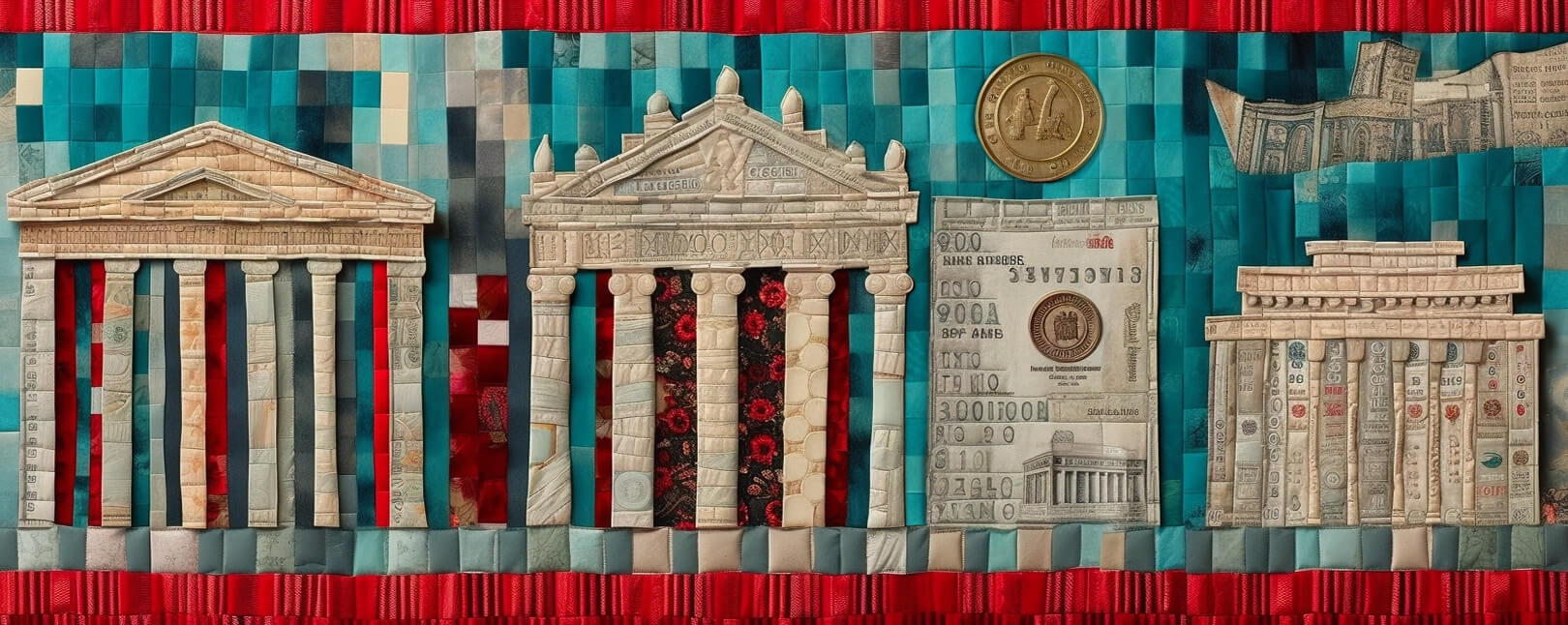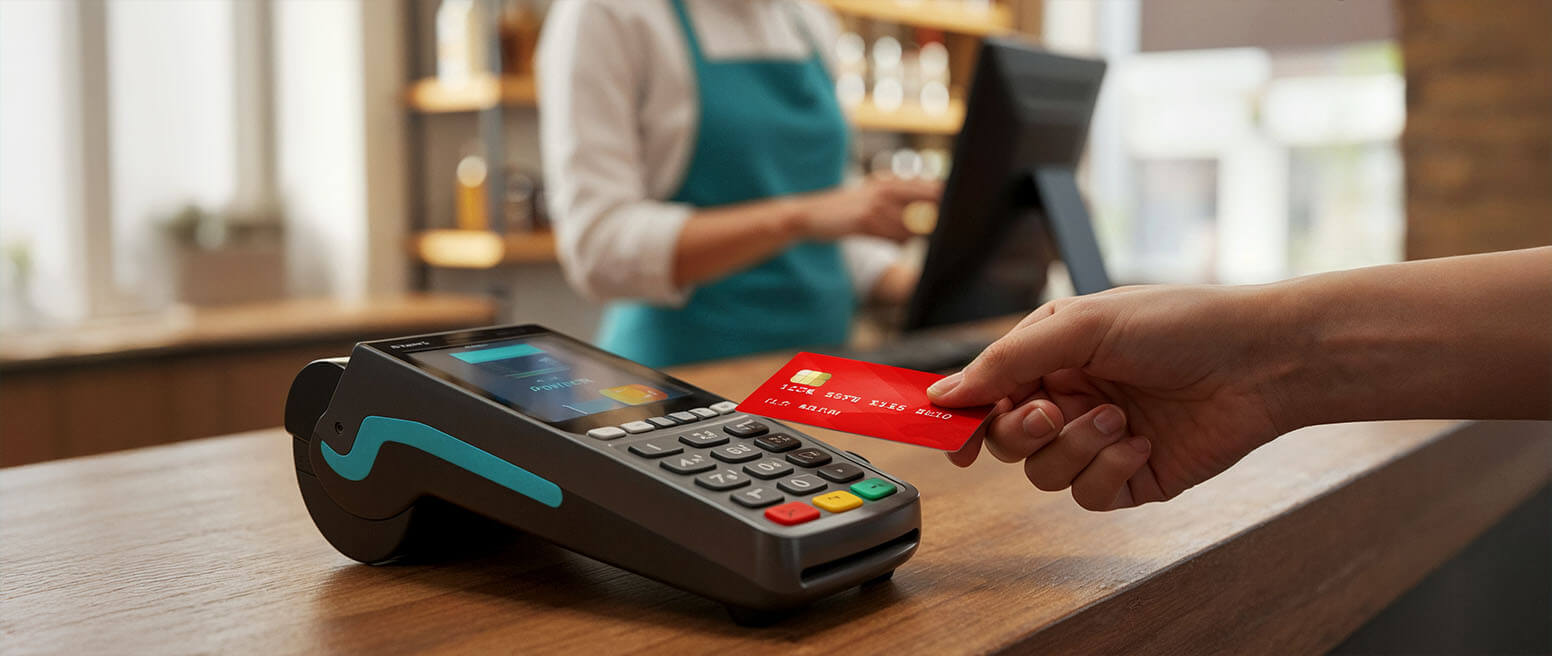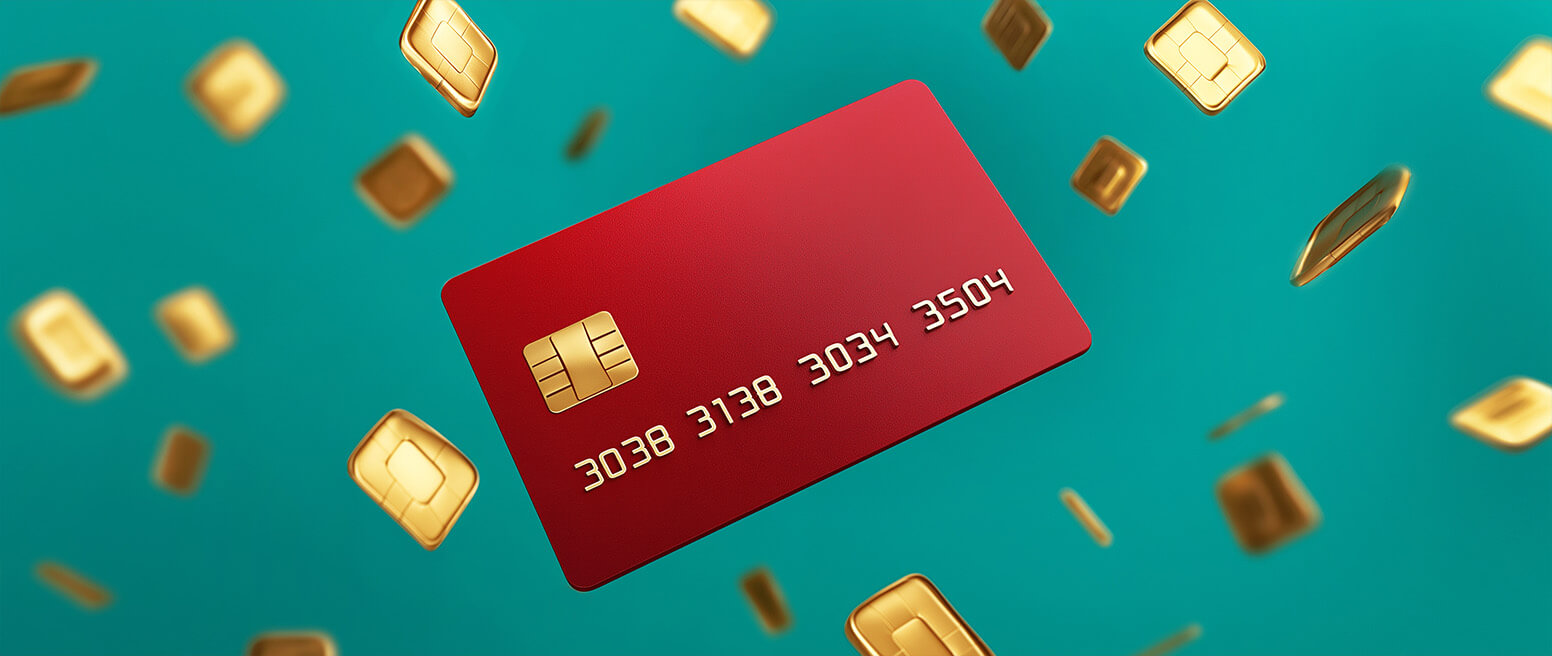What are Original Credit Transactions & What Do They Offer Over Conventional Payments?
Real-time payments are swiftly becoming the gold standard in the payments industry, thanks to their speed and seamless integration into everyday life. Thanks to the modern smartphone, your credit or debit card details are saved in Apple Pay or Google Wallet, with funds at your fingertips, ready for a host of transactions.
What you might not realize is the role of technologies like Original Credit Transactions, or OCTs, in powering this seamless experience. Let's delve deeper into what OCT payments are, how they operate, and the numerous benefits they offer.
Recommended reading
- What is EMV Bypass Cloning? Are Chip Cards Still Secure?
- Dispute Apple Pay Transaction: How Does The Process Work?
- Terminal ID Number (TID): What is it? What Does it Do?
- Point of Sale Systems: How to Get More From Your POS Machine
- What is EMV Technology? Definition, Uses, Examples, & More
- Visa Installments: How it Works, Benefits, & Implementation
What is an Original Credit Transaction?
- Original Credit Transaction
An Original Credit Transaction (OCT) is a specific type of payment method used in the financial industry. A payment service provider, such as a bank or a financial institution, directly credits a payment to the recipient's card or account. This is typically used for services like direct deposit of payroll, government benefits, or tax refunds.
[noun]/ō • rig • i • nal • kreh • duht • tran • zak • shn/In the context of card networks like Visa or Mastercard, an OCT is a way to transfer funds directly to a cardholder's account. This is often used by businesses for purposes such as disbursing funds to customers, including refunds, cashback rewards, or other types of payments.
Notably, OCTs have also been adopted in the context of payment processing for online marketplaces, peer-to-peer payment platforms, and other digital financial services. These types of transactions are often faster than traditional bank transfers and can provide a more convenient option for users who want to receive funds directly in their card accounts.

Keep in mind not all cards are eligible to receive OCTs. Eligibility is often determined by the card issuer and the rules of the card network. Each transaction must also comply with the applicable regulations and standards for financial transactions.
Is an Original Credit Transaction a “Push” or “Pull” Payment?
If you’re wondering how these two payment types are linked, let’s take a closer look at them from a functional perspective. For instance, “push” and “pull” payments refer to the two ways money can be moved between accounts. An OCT is a type of “push” payment, as the funds are pushed from the payment service provider to the cardholder's account.
The sender initiates the transfer of funds from their account to the receiver's account. The sender has control over when and how much money is sent. For an example, think about logging into your bank account and transferring money to a friend's account.
In the context of financial services, OCTs can be used alongside account funding transactions, or “AFTs,” to facilitate a complete transaction cycle. For example, a user might use an AFT to load funds onto a prepaid card (pull payment), then spend those funds at various merchants. If they need a refund from a merchant, the funds could be returned via an OCT (push payment).
Learn more about AFT transactionsOCTs and AFTs work in concert to allow funds to be moved into and out of accounts. This provides the flexibility and control needed for financial transactions to occur.
Why Use an Original Credit Transaction?
There are lots of reasons why people would allow original credit transactions. It offers several advantages for both businesses and consumers. Here are some of the key benefits:
You should now have a better understanding of how OCTs work and why you might want to use them. But, how do you actually go about initiating one?
Popular OCT Products on the Market
Several financial institutions and payment service providers offer products that support original credit transactions. Take Visa and Mastercard, for instance.
Visa Direct and Mastercard Send support OCTs (and AFTs) through their payment processing services. These are typically available to businesses and financial institutions rather than directly to individual consumers.
All subsequent Mastercard Send transactions should be routed through the Mastercard Worldwide Network, using the Send API, Dual or Single Message System. To connect to the Mastercard Worldwide Network and access OCTs, participants may need to either use a Mastercard solution, develop their own platform, or engage the services of a third-party provider.
Many other companies in the payment processing industry offer services that support OCTs and AFTs. These services are typically aimed at businesses rather than individual consumers.
PayPal supports a variety of payment types, which can include OCT-like transactions. For example, PayPal allows users to send money directly to others, which is similar to an OCT. The same applies for providers like Square and Stripe.
The specific services and capabilities offered by each company can vary, and not all services are available in all countries or to all types of customers. For the most accurate and up-to-date information, it's best to contact these companies directly or visit their websites.
Potential Downsides of OCT Products
Like any other payment method, original credit transactions also suffer from the occasional hiccup. While it’s true that OCTs offer benefits, they also have potential downsides. Just a few of these include:
As with any financial service, it's important to weigh the potential benefits against the potential downsides and risks. Businesses should carefully consider their specific needs and circumstances before deciding whether to use OCTs and AFTs.
Can OCTs be Subject to Fraud & Chargebacks?
There’s one final potential pitfall of original credit transactions that we need to address: the risk posed by chargebacks.
This typically occurs when a cardholder's account isn't configured by the issuer to receive fast fund transfers. Visa has a designated reason code 13.8 – Original Credit Transaction Not Accepted, for this situation.
Moreover, some countries prohibit OCTs entirely. If an OCT is directed to a card issued by a bank in these regions, the bank may instigate a chargeback. This means that the funds are returned to the merchant's account. This contrasts with typical chargebacks, in which money is deducted from the merchant’s account. However, an OCT chargeback will still mean incurring chargeback fees and can increase one’s overall chargeback rate.
Merchants can consult with their acquirers and payment processors to determine if there's a mechanism via the payment interface to assess this risk before processing. It's crucial to conduct due diligence to understand if OCTs are allowed in the regions in which they operate, and to identify institutions that do — and don't — accept them.
Lastly, when manually entering payment details for an OCT, it's crucial to verify the accuracy of the data input. Since OCTs bypass the standard authorization process, it's possible for a transaction to be processed to an incorrect account number due to a typing error.














